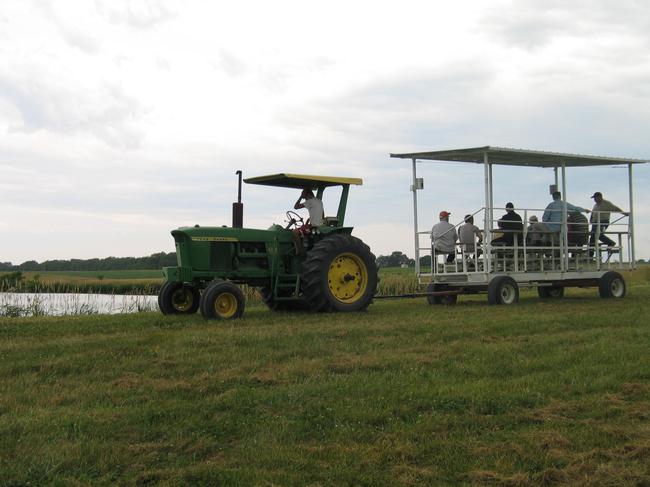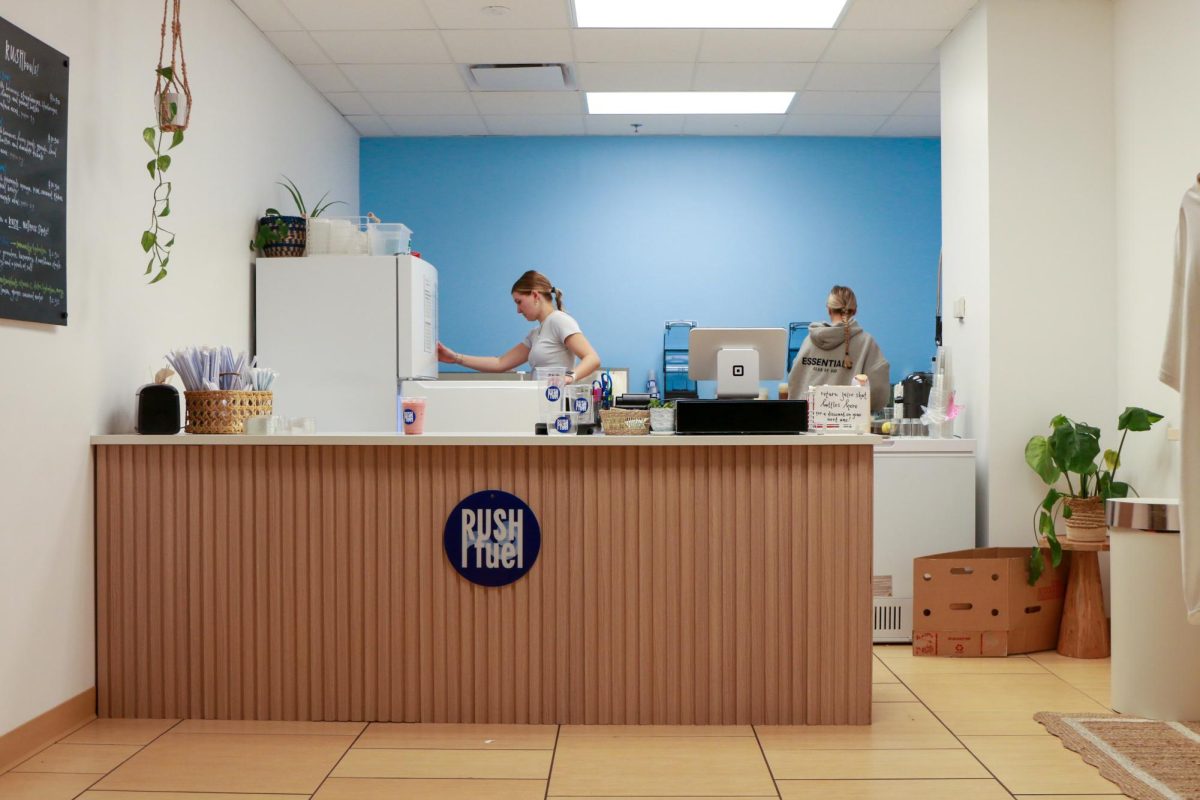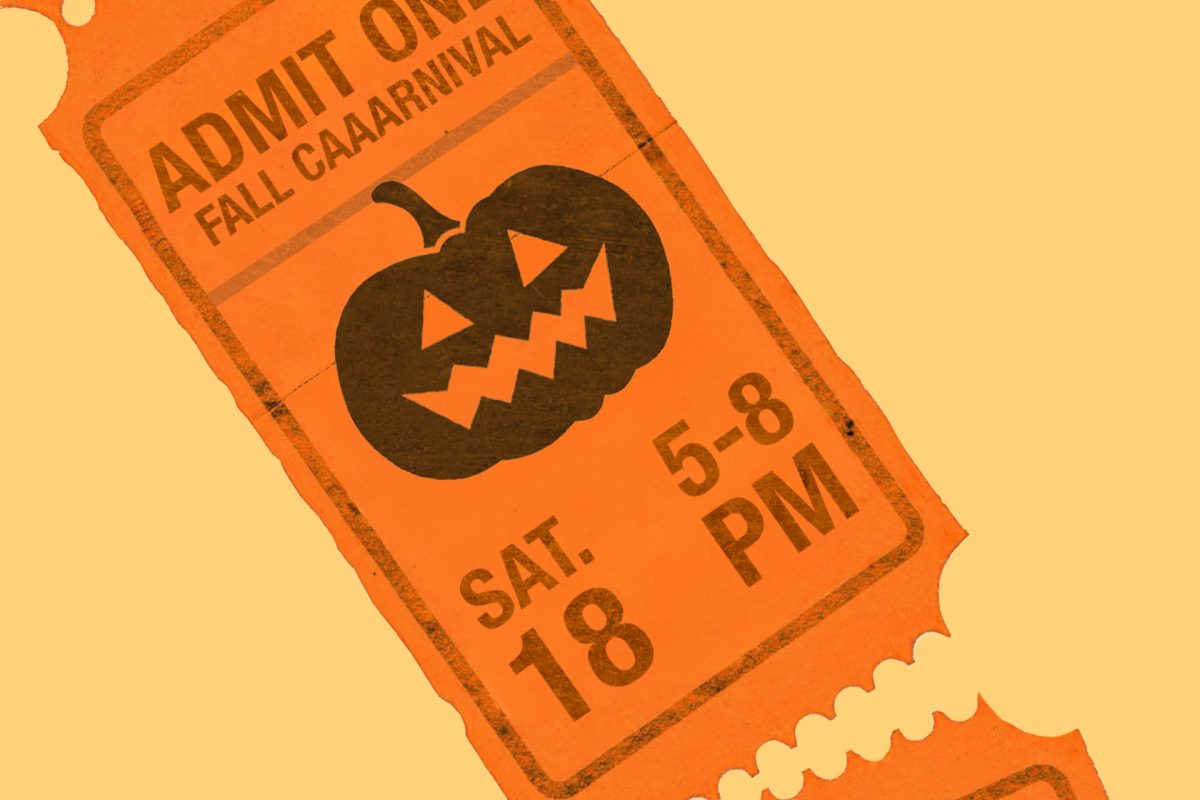The birds might have stayed hidden for the day, but that didn’t keep MU Extension from hosting its first Quail Summit.
MU Extension’s Bradford Farm held the summit June 16, in conjunction with the organization’s annual Bobwhite Quail and Native
Plant Field Day. The Northern Bobwhite Quail is Missouri’s official state game bird.
“This is a great day for Missouri,” said Tom Draper, Missouri Department of Conservation Deputy Director.
The Quail Summit was created in order to stoke interest in quail conservation and to provide details for how landowners can successfully recreate quality quail habitat.
“The Bobwhite Quail is the barometer of a good ecosystem,” said Tim Reinbott Bradford Research and Extension Center Superintendent.
Although still fairly common, according to the Missouri Department of Conservation, the bird’s population has been on the decline in recent decades. MDC Wildlife Biologist Frank Loncarich said this decline can be partially attributed to habitat destruction due to the more aggressive farming methods of recent years.
Human interference isn’t the only factor in the species’ decline. Of the last 28 years, 18 have had “above normal precipitation,” MDC Private Land Services Chief Bill White said in quoting figures from Missouri State Climatologist Pat Guinan. Elevated levels of precipitation are dangerous for Bobwhite Quail because, as MDC Private Lands Conservationist Scott Sudkamp explained, the young quail are quite vulnerable to hypothermia.
“Despite the weather, managed areas (habitats) have higher quail populations than unmanaged areas,” he said, reassuring landowners their conservation efforts would still have value.
The summit also briefly focused on efforts at pen-raised quail release systems. In these systems, quail are bred in captivity before they are released into the wild.
“(Pen-reared quail relief systems) are just plain stupid,” Quail Forever Regional Biologist Elsa Gallagher said.
The Quail Summit ended with a panel of landowners who could attest to the success of the conservation efforts. One such landowner, Tom Lampe, has been working on quail conservation for 18 years. He said he believes that he has somewhere around 16-20 coveys of 12-25 birds each. Other landowners shared similar testimonies.
After the summit, attendees were given the opportunity to go on wagon rides focusing on a variety of topics, from physical examples of proper quail habitats to the management of ponds and their ecosystems. Hamburgers and hotdogs were also served to participants.
The summit was attended by a total of about 100 people in the morning session and 175 in the afternoon session, Reinbott predicted. Participants came all the way from Minnesota and Kentucky.
Reinbott, who said the day was a success, hopes to have more Quail Summits in the future.








